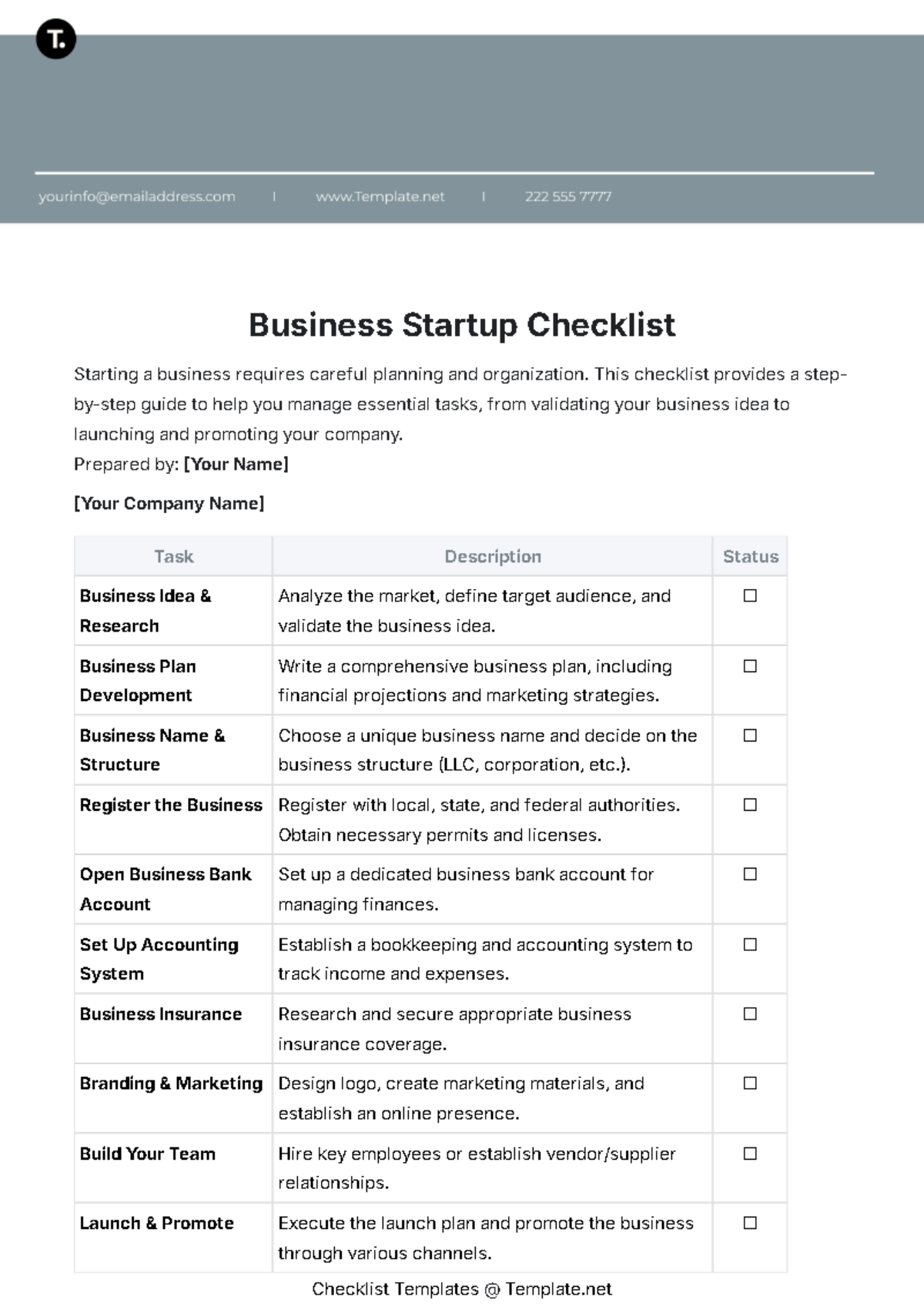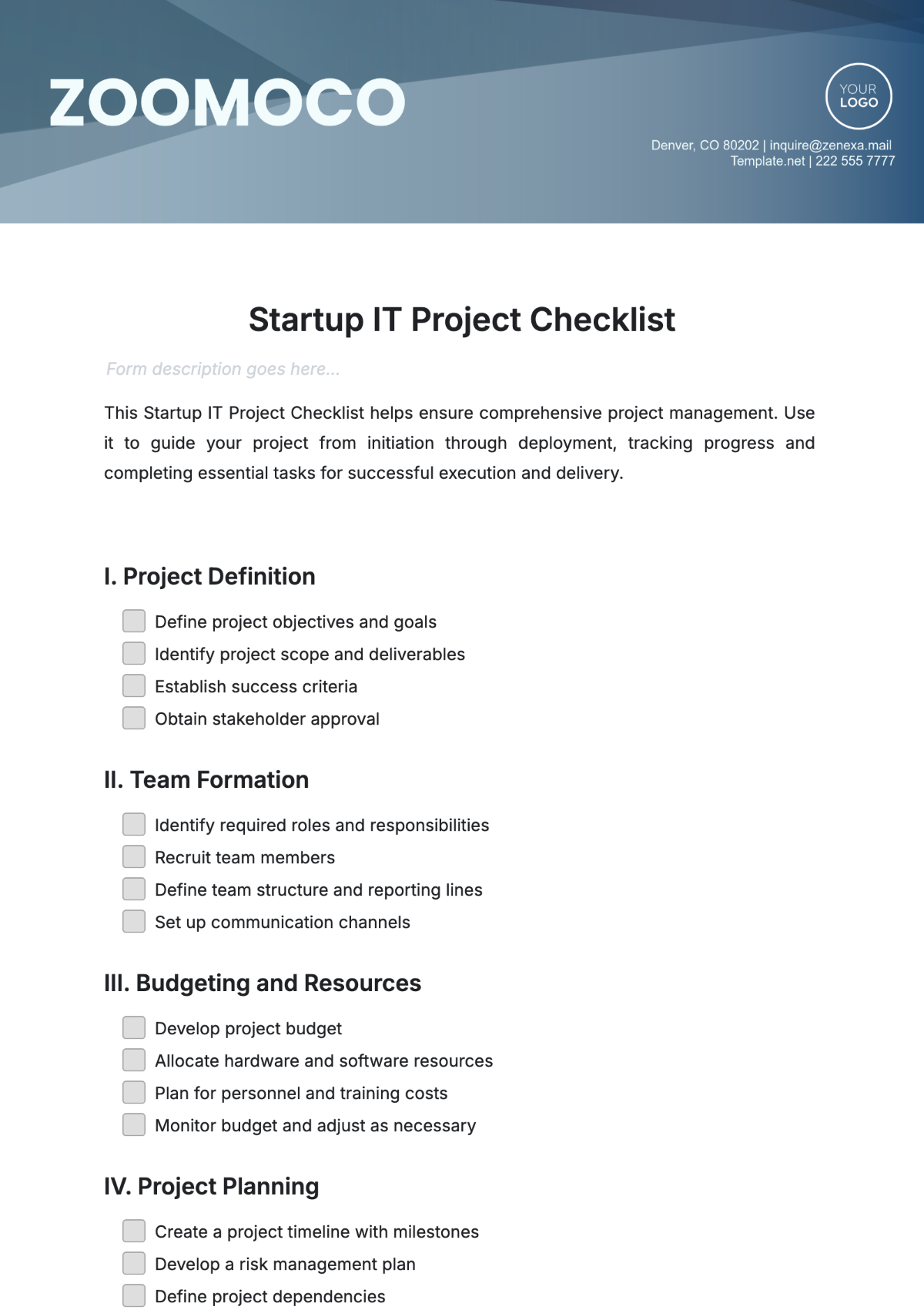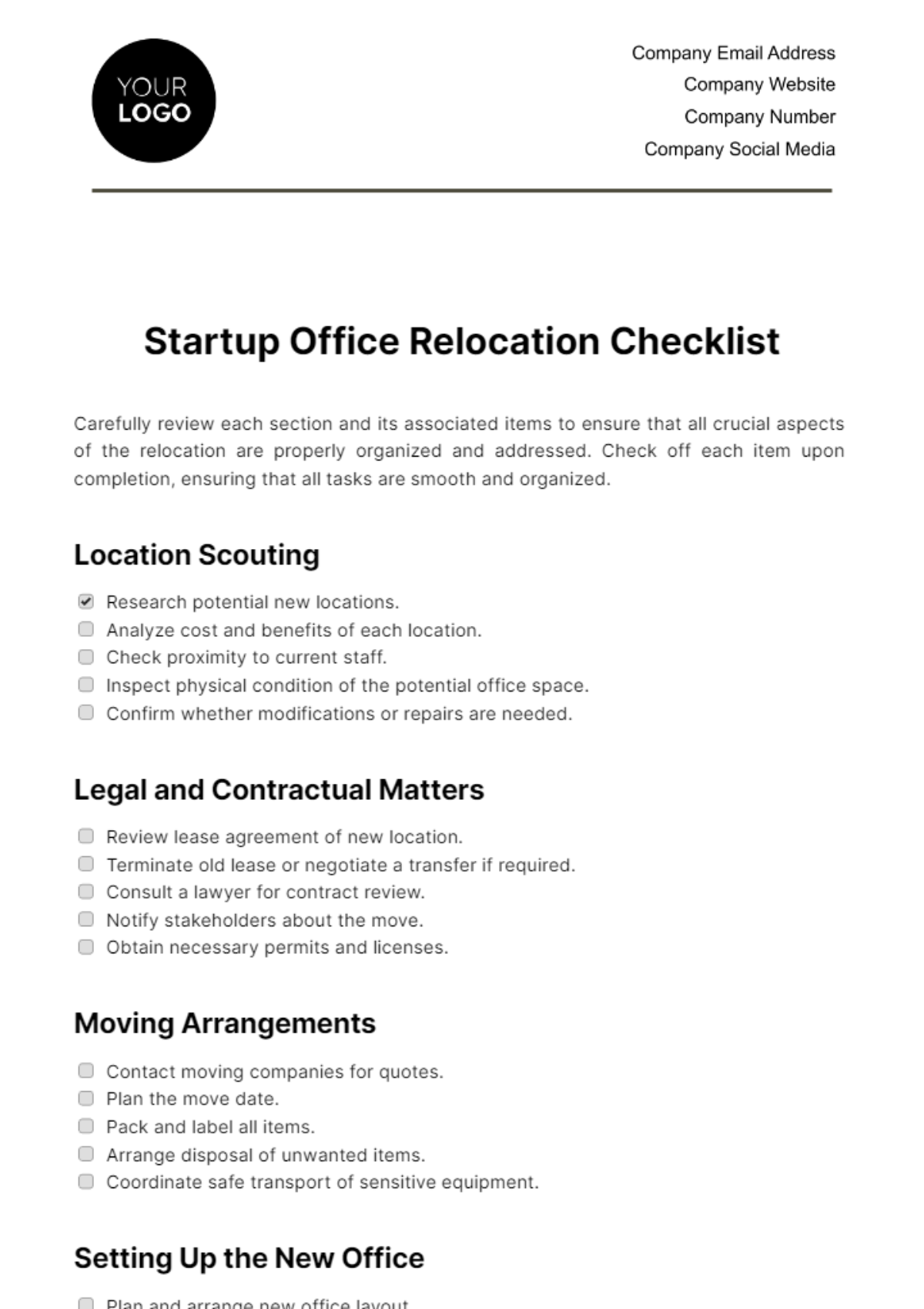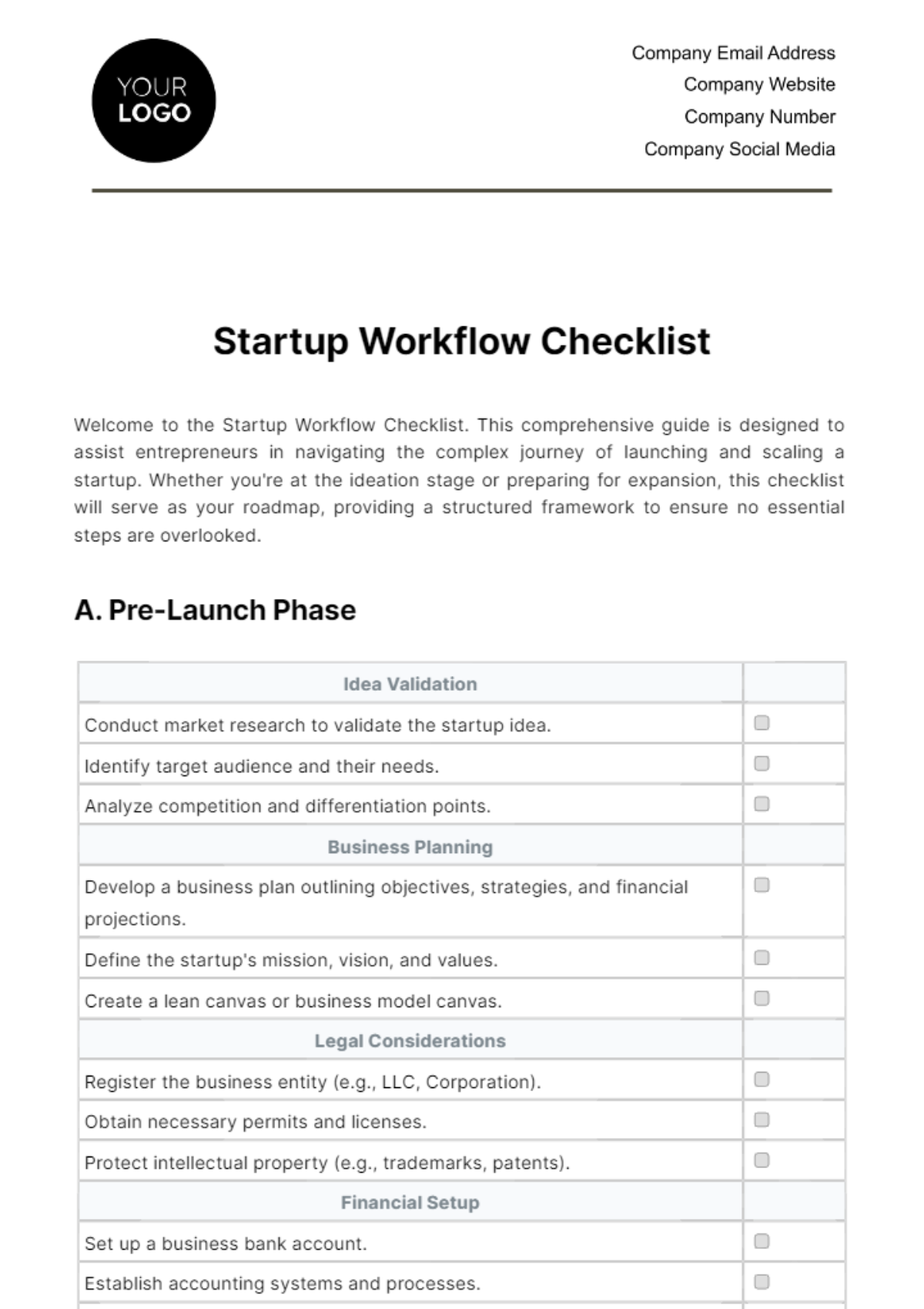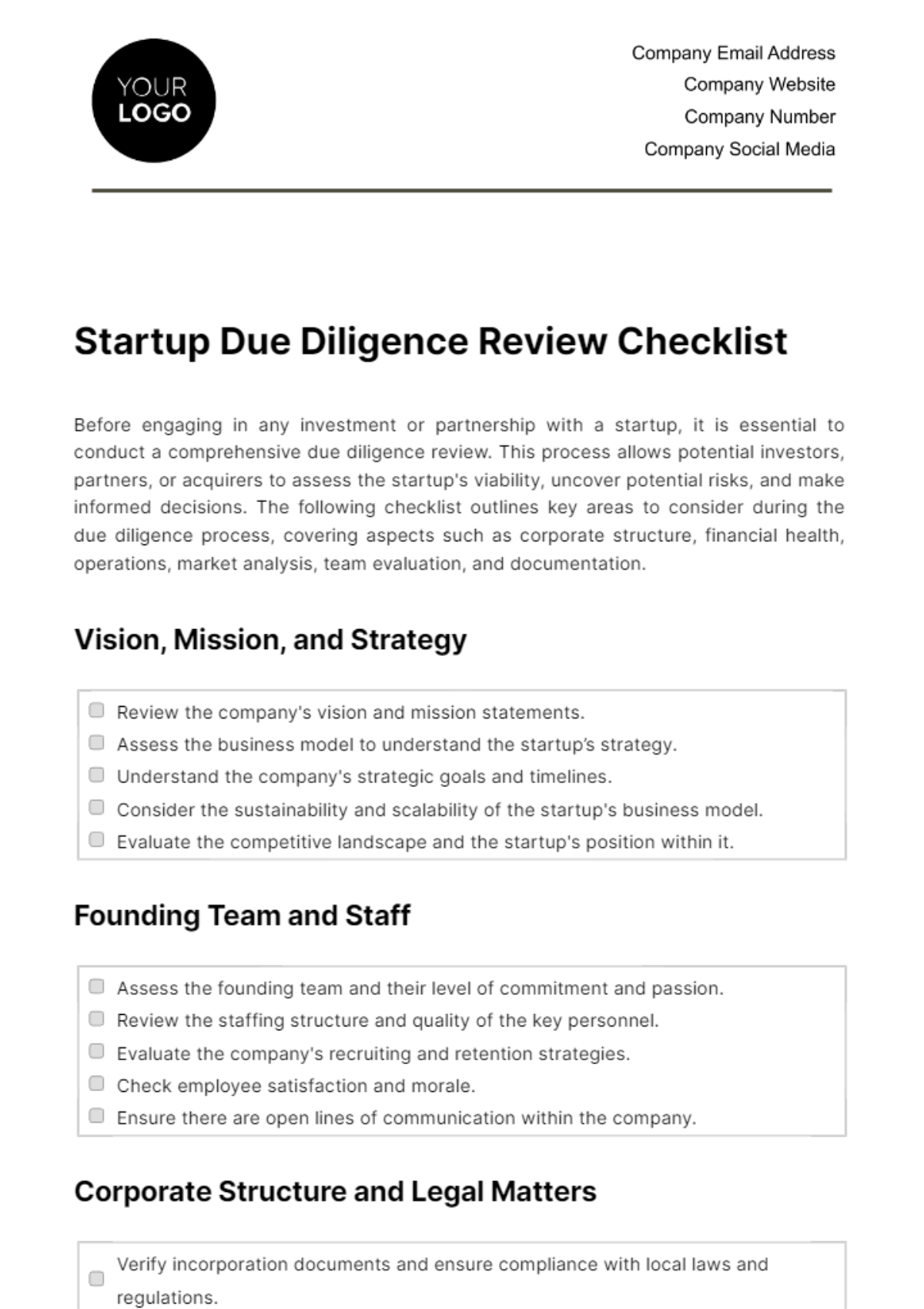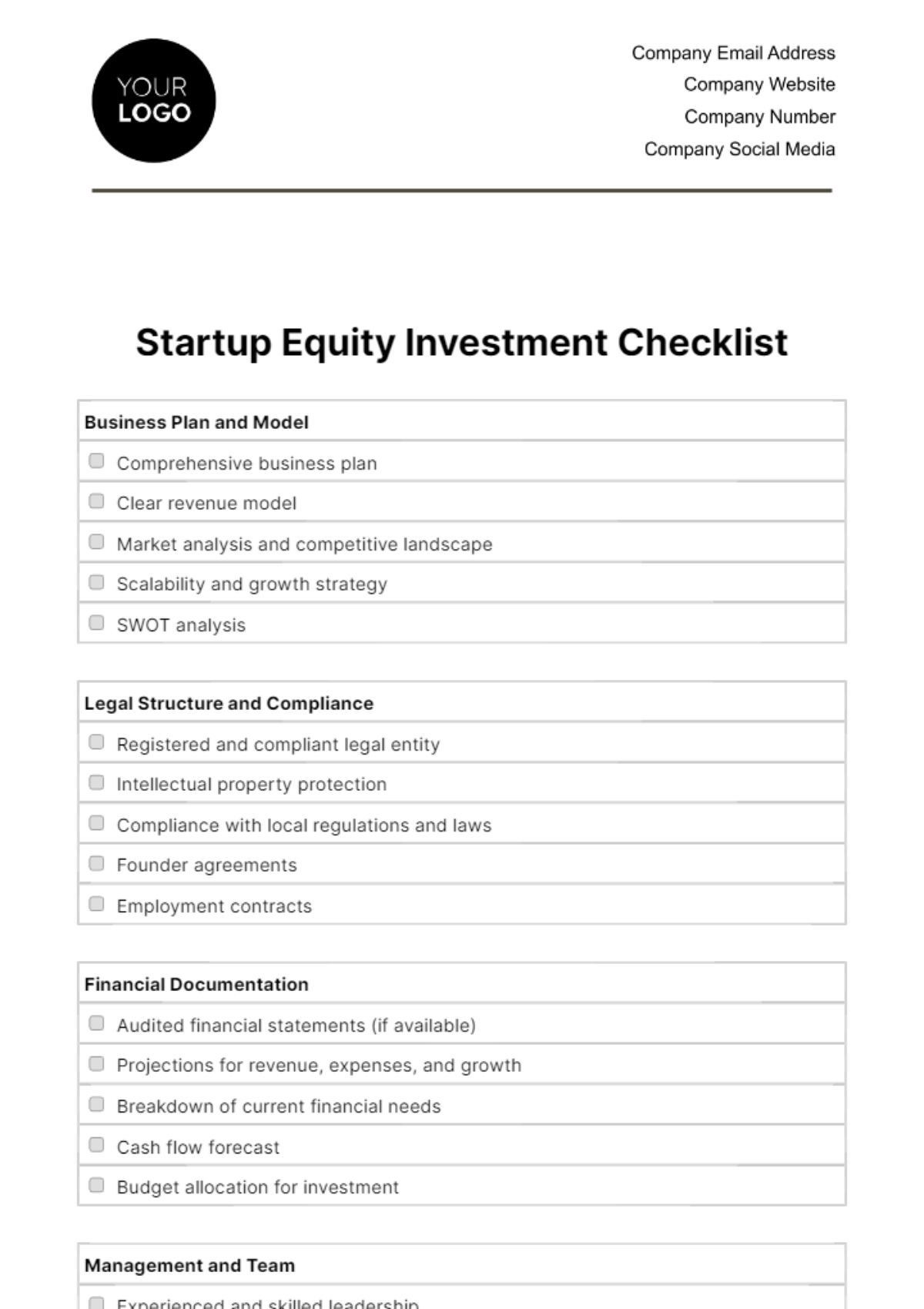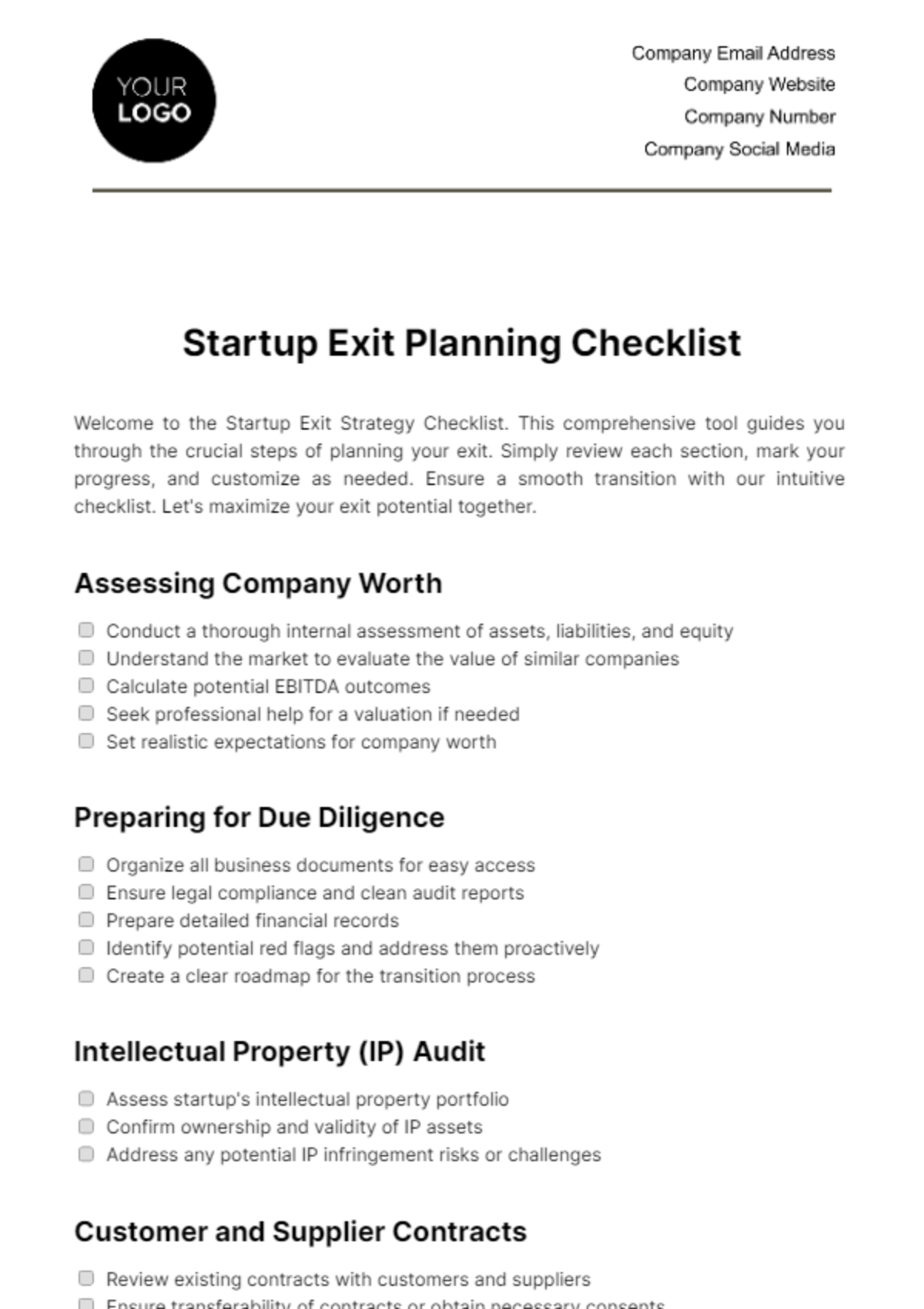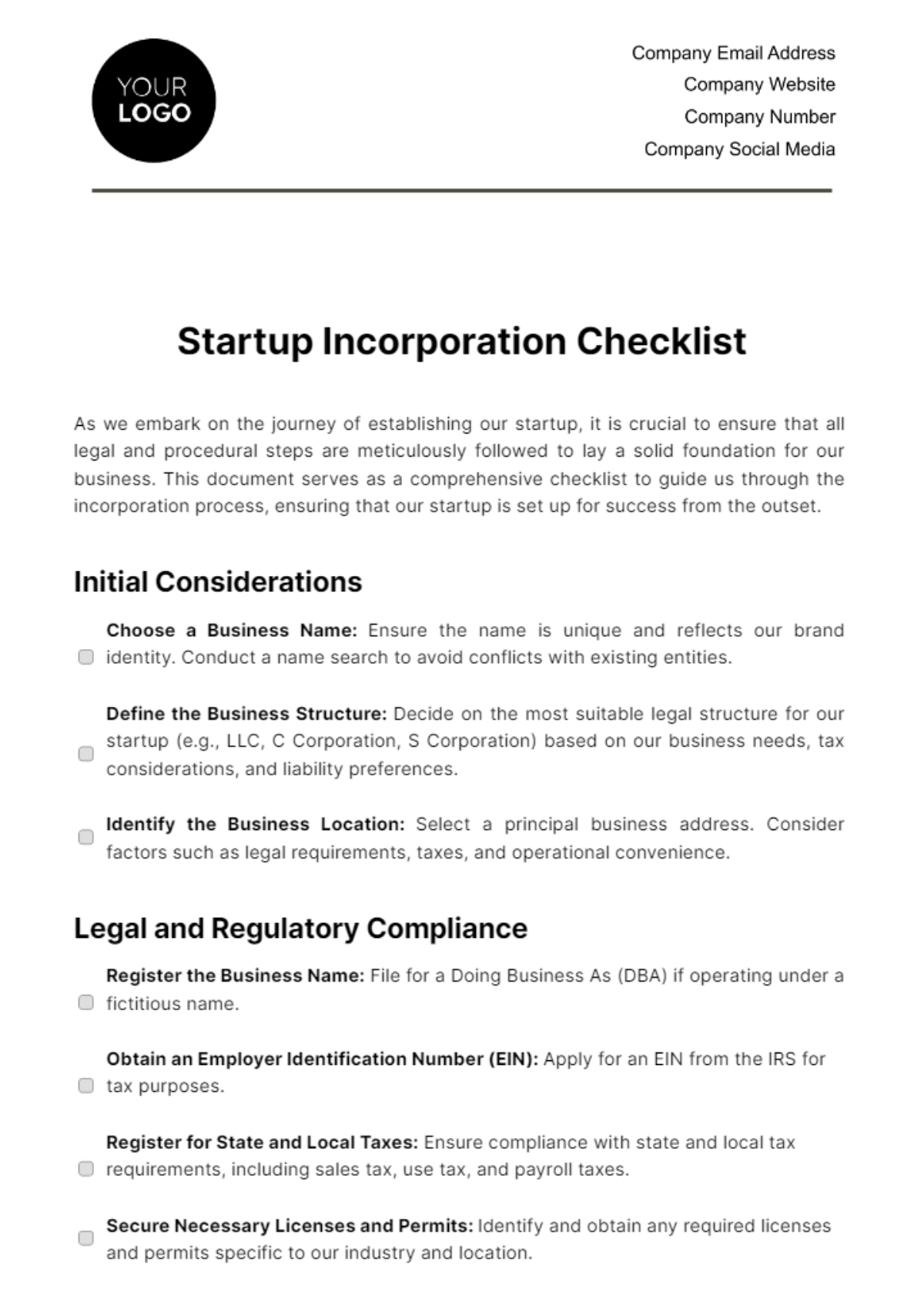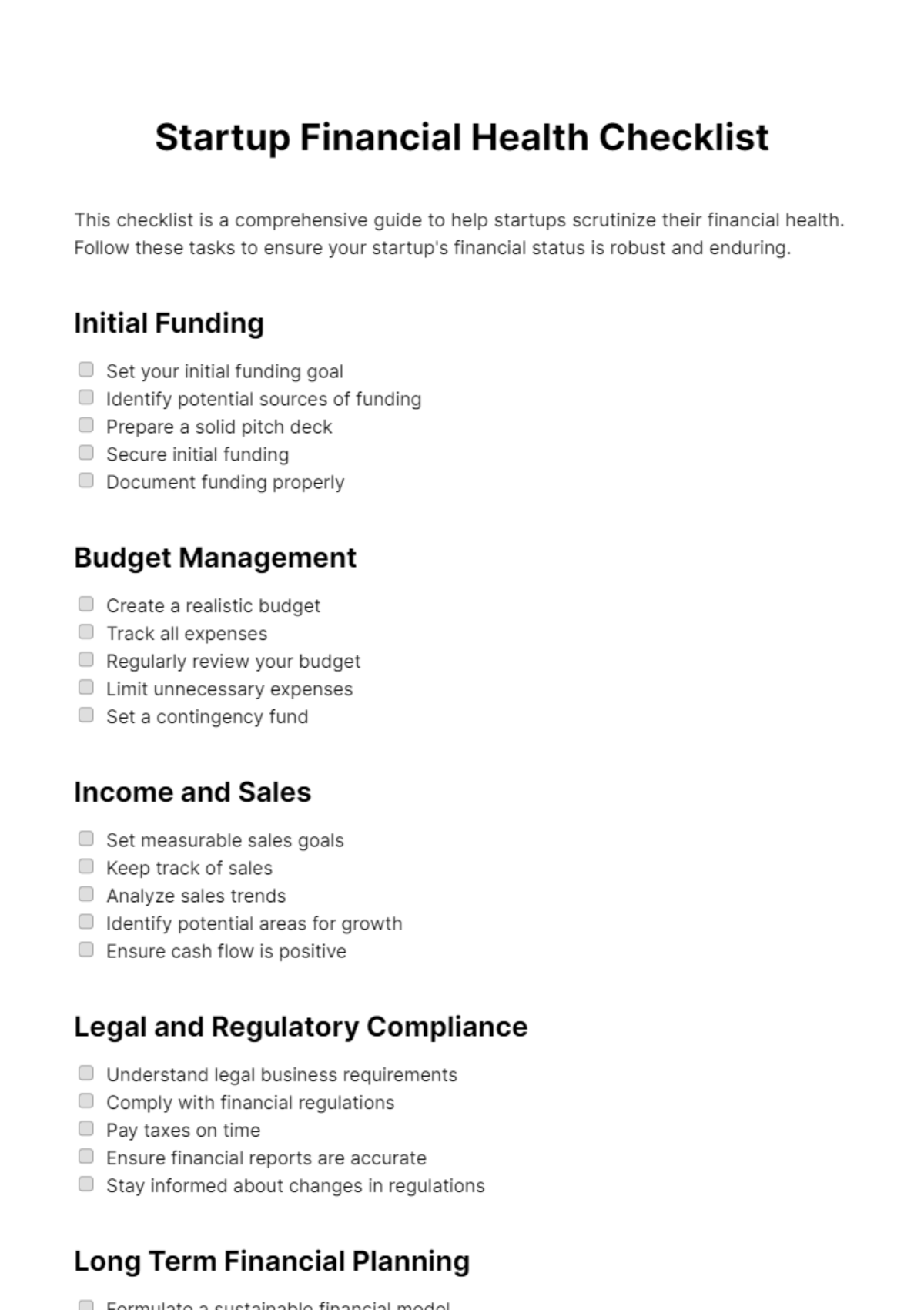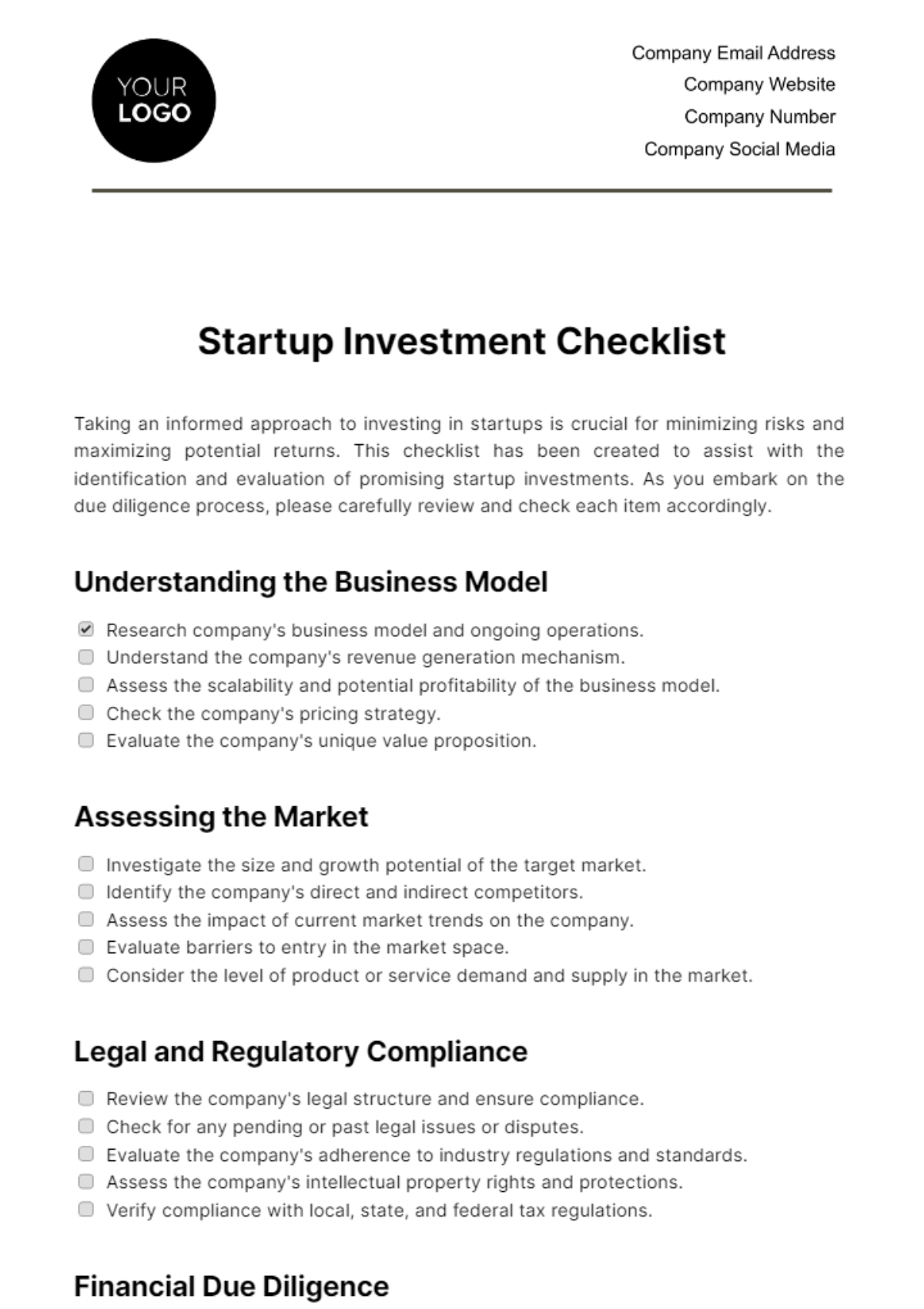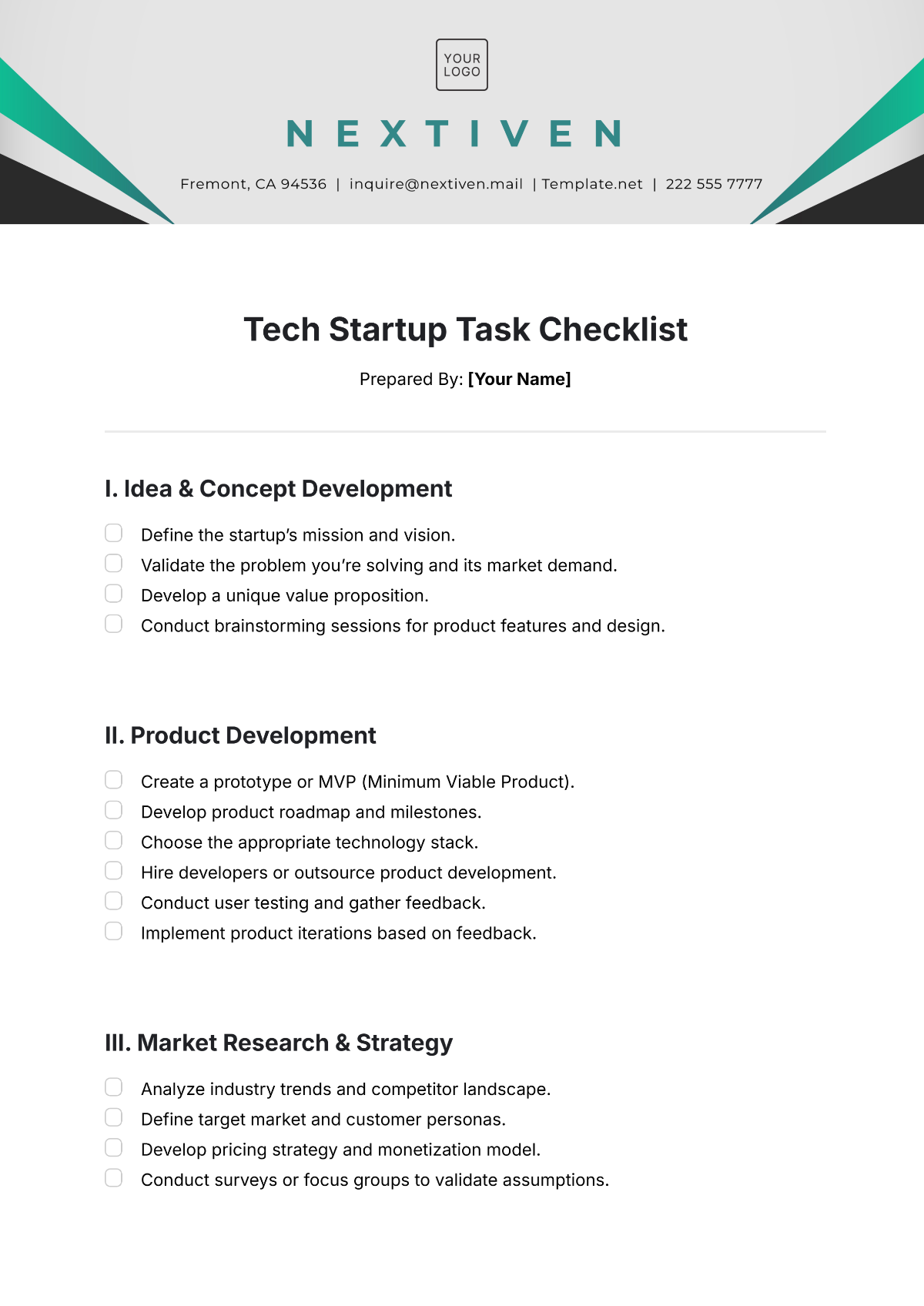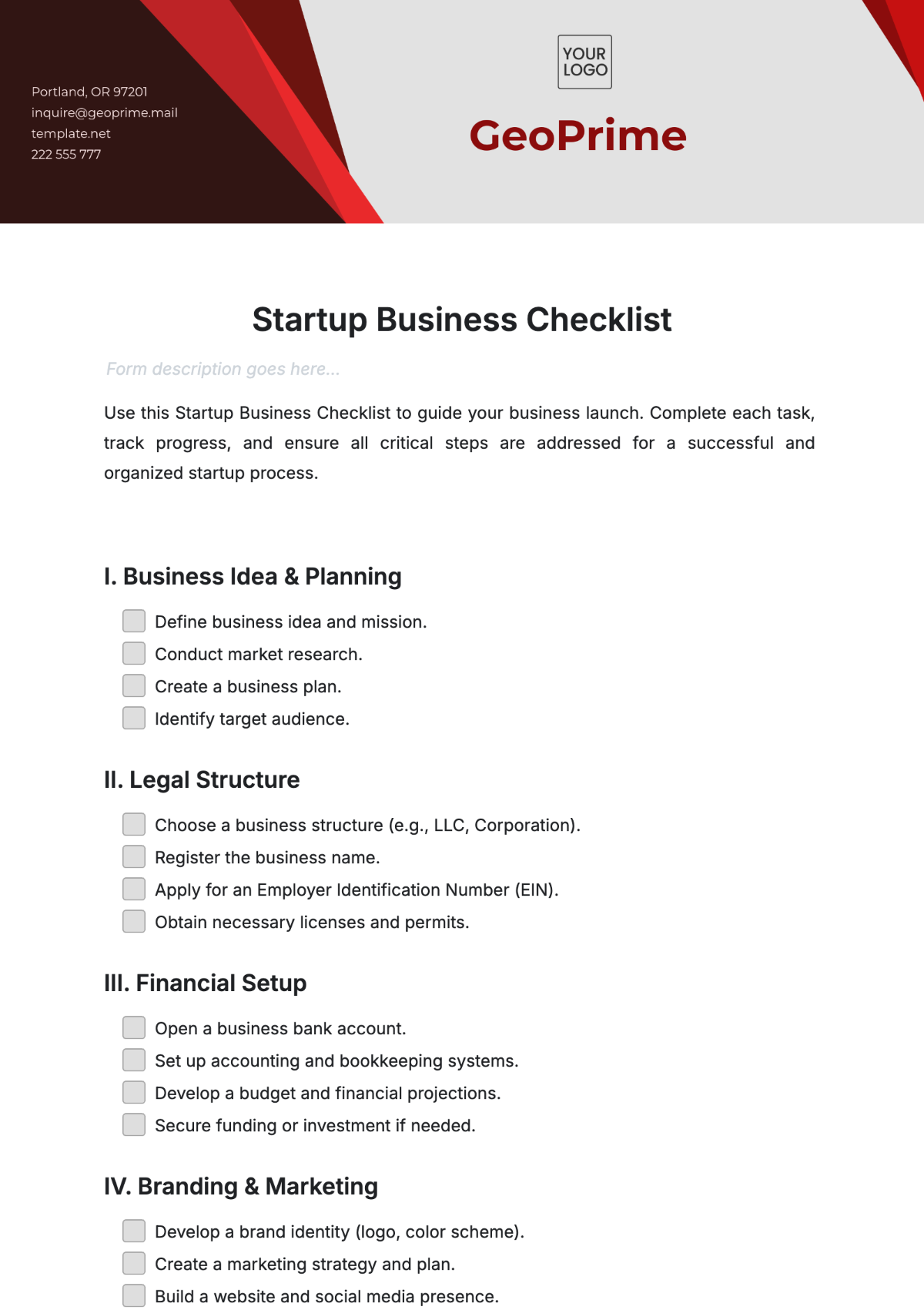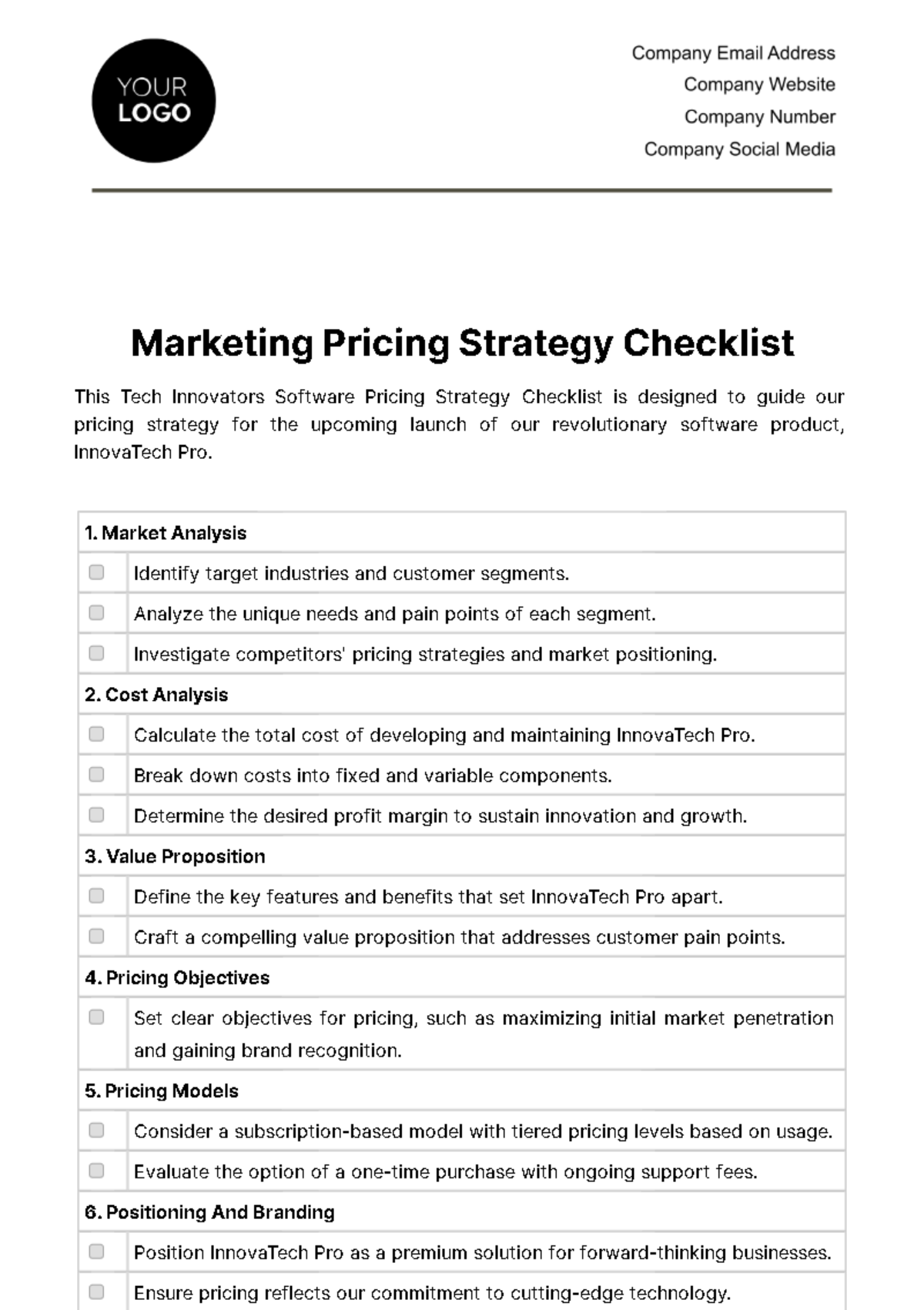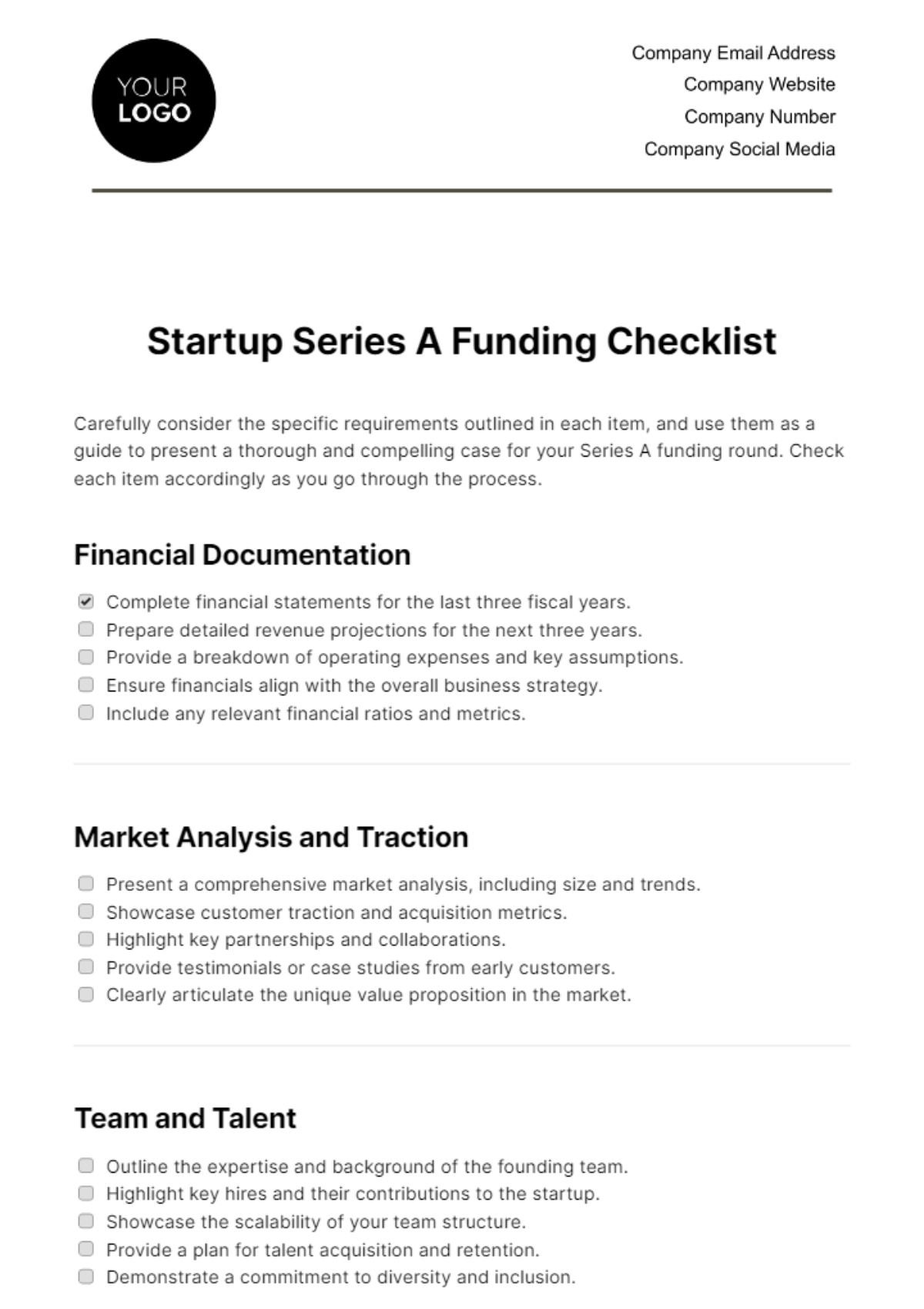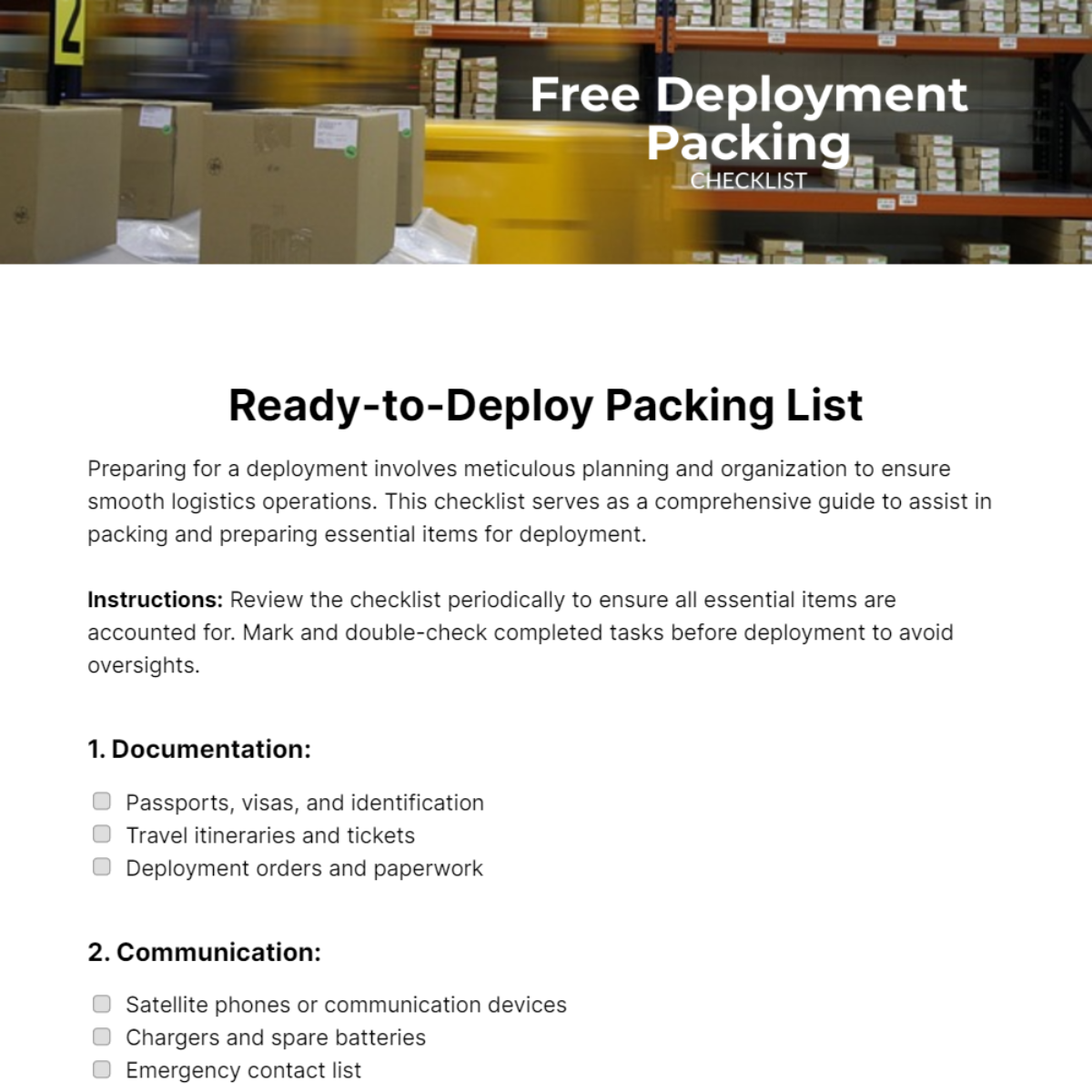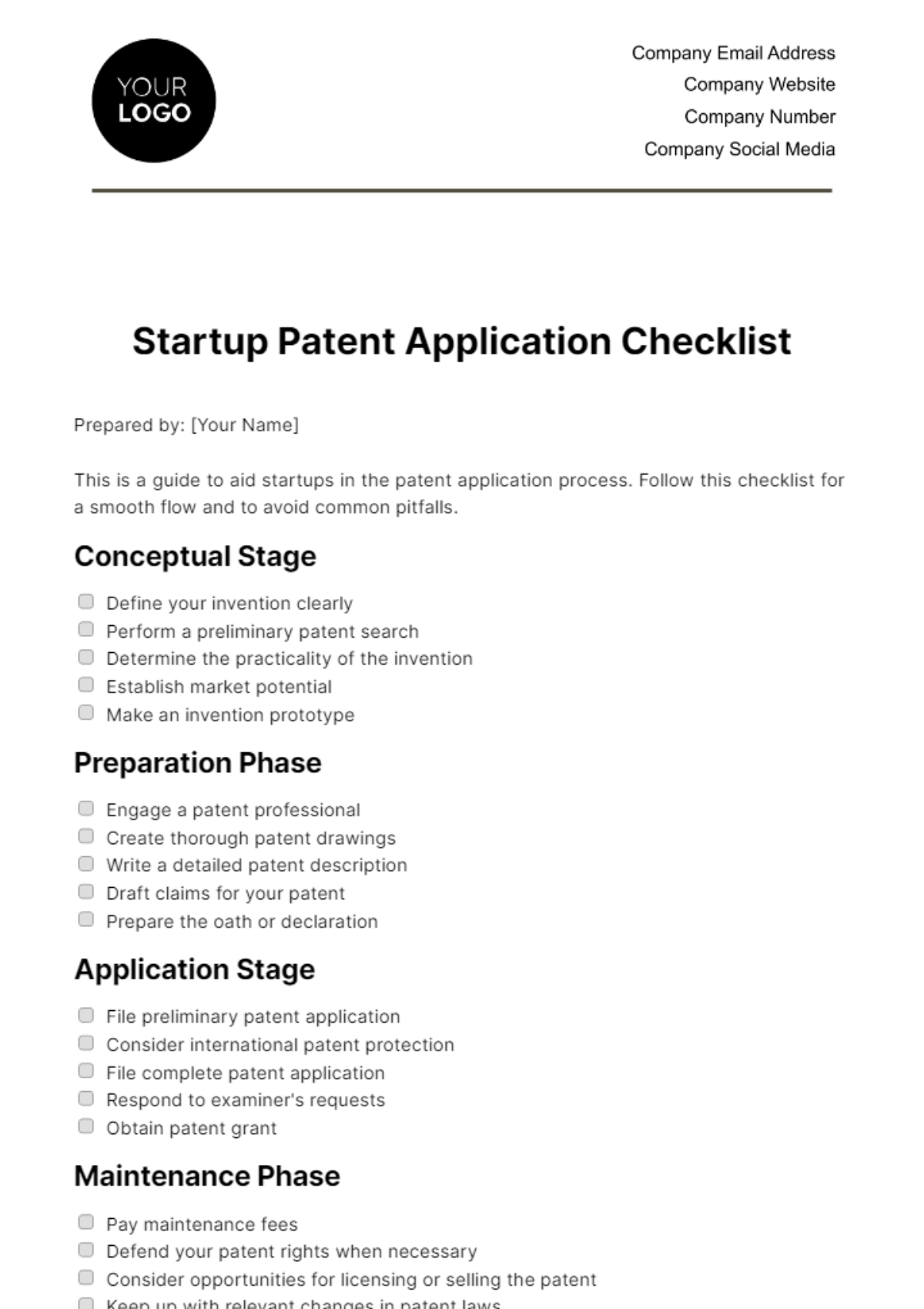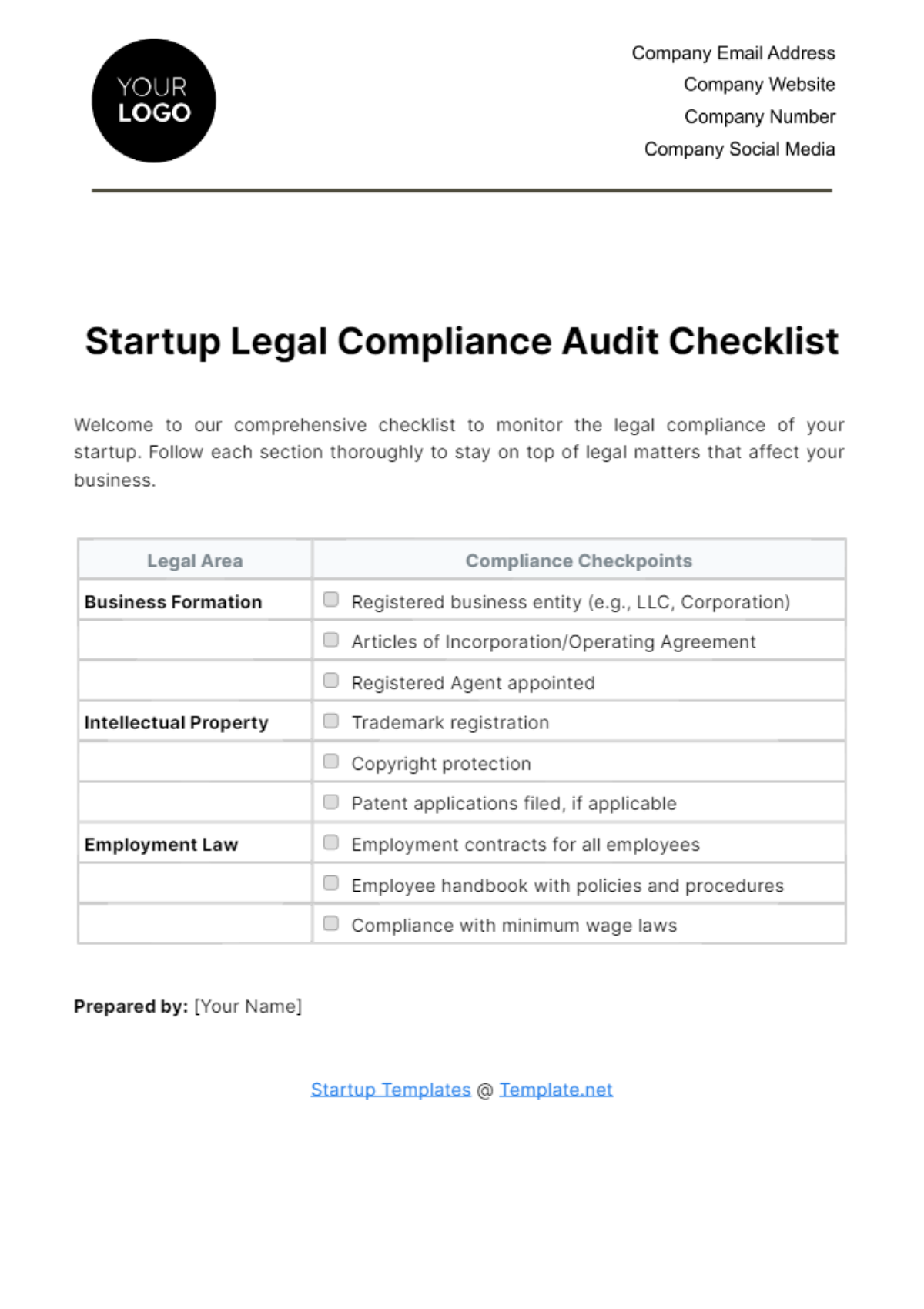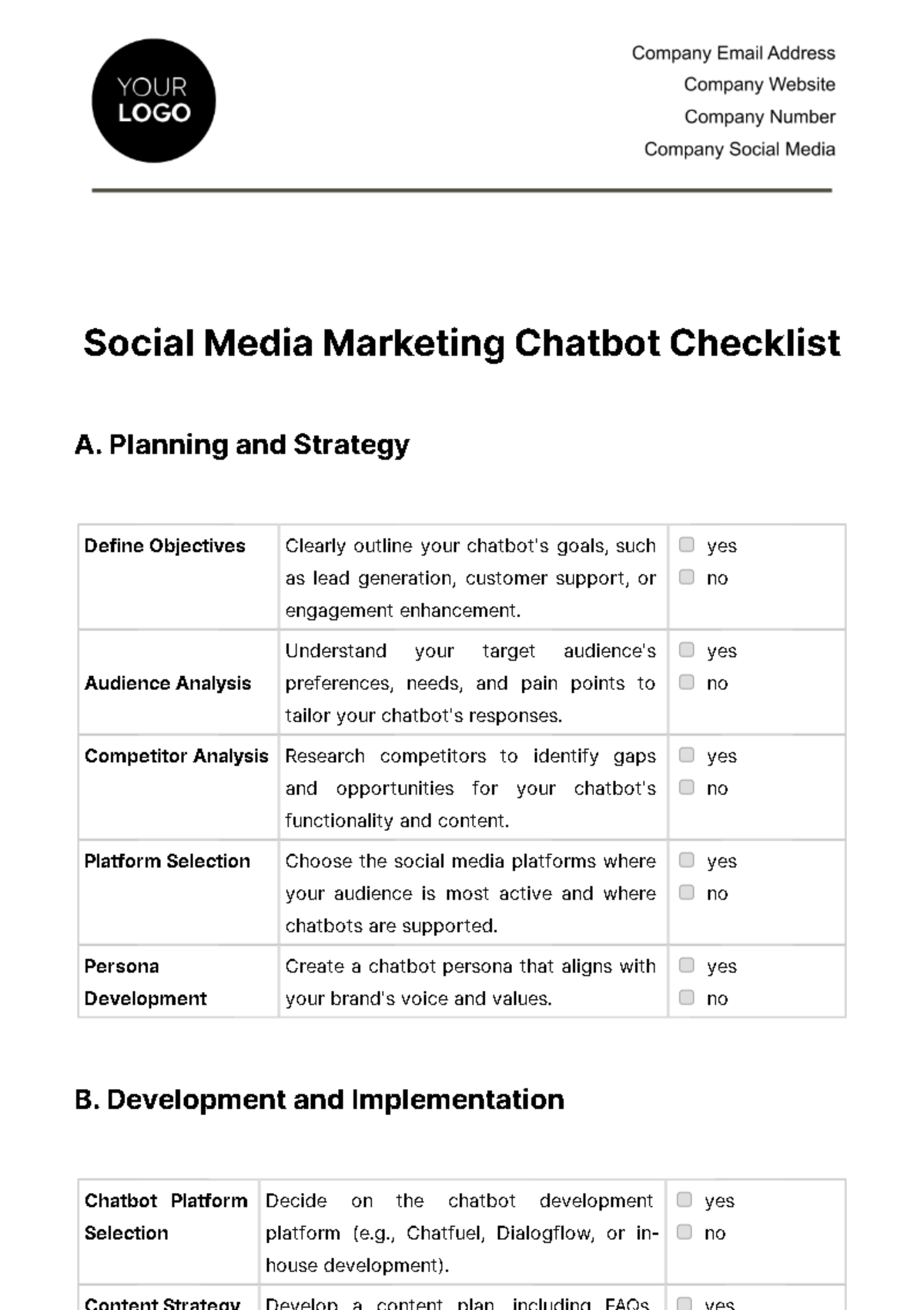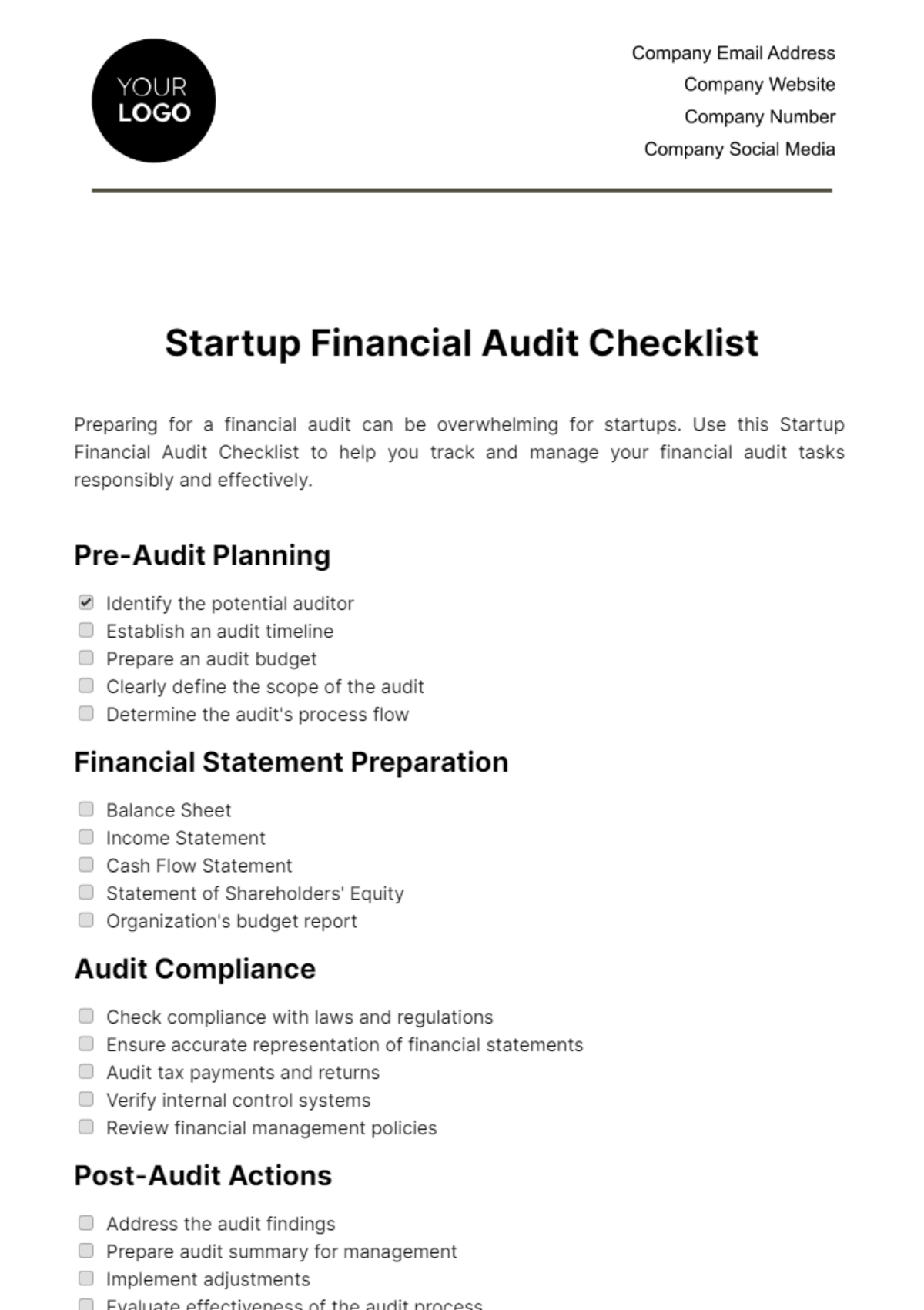Operations Supply Chain Checklist
This Operations Supply Chain Checklist is designed to help [Your Company Name] ensure that its supply chain operations are efficient, compliant with U.S. law and standards, and aligned with best practices in the industry. This simplified checklist covers key areas critical to the effective management of the supply chain.
Supplier Management | |
Evaluate and select suppliers. | |
Ensure contracts include terms on quality, delivery schedules, prices, and compliance with U.S. labor and environmental laws. | |
Monitor supplier performance. | |
Conduct risk assessments. | |
Inventory Management | |
Determine optimal inventory levels using demand forecasting and historical data. | |
Implement safety stock strategies. | |
Ensure efficient use of warehouse space and adherence to safe storage practices.. | |
Production Planning | |
Schedule production efficiently. | |
Implement quality control measures that comply with U.S. standards and industry best practices. | |
Regularly review production capacity and make adjustments to meet demand without excessive overcapacity. | |
Logistics and Distribution | |
Choose transportation methods that offer the best balance of cost, speed, and reliability, considering environmental impact. | |
Ensure warehouses operate efficiently, safely, and in compliance with U.S. regulations. | |
Develop processes to ensure orders are fulfilled correctly and delivered on time. | |
Compliance and Ethics | |
Comply with all relevant U.S. laws, including labor laws, environmental regulations, and trade compliance. | |
Promote ethical practices. | |
Incorporate sustainable practices throughout the supply chain to reduce environmental impact. | |
Risk Management | |
Regularly assess potential risks, including natural disasters, political instability, and market fluctuations. | |
Create actionable plans to address potential disruptions in the | |
Continuous Improvement | |
Perform audits of supply chain processes to identify areas for improvement. | |
Solicit feedback from stakeholders, including suppliers, customers, and employees, to inform improvement efforts. | |
Compare supply chain metrics against industry standards to identify areas for competitive improvement. | |
